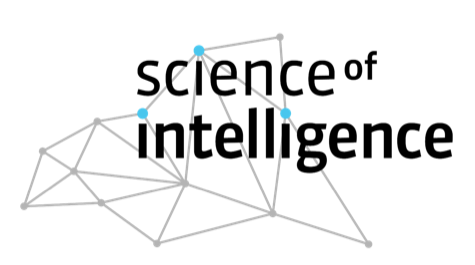A more in-depth look
The agent and the environment are two entities of the physical world and interactions between them must follow physical laws. These interactions thus contain regularities: regular and repeatable relationships between the configurations of the agent and environment. Some regularities exist naturally in the world, like the way gravity pulls objects downwards or how edges define the boundaries of objects we see. But crucially, agents can also create new regularities by interacting with their environment in clever ways. For example, if you want to draw a perfect circle in the sand, you might tie a rope to a stick and use it as a compass. This simple act creates a new, reliable relationship between your movements and the resulting shape–one that didn’t exist before.
This principle posits that in order to generate intelligent behavior, one must recognize the structure in the joint space of agent-environment instead of setting an artificial border between agent and its environment. That is, the more important part is what is between an agent and environment, and not what’s inside the agent.




